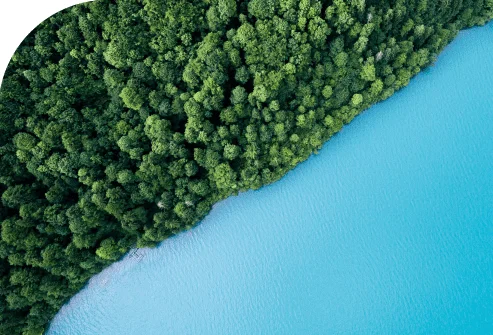CONDUCTION, CONVECTION & RADIATION
HEAT TRANSFER IN NATURE
In nature, we find fascinating examples of heat transfer through conduction, convection, and radiation—three fundamental mechanisms in thermodynamics.
For example, imagine a summer morning at the beach. Early in the morning, the air remains calm because there is a thermal equilibrium between the temperature of the air mass over the sea and the air mass over the land. As the Sun heats the Earth’s surface, the temperature of the air over the land rises more quickly than that of the air over the sea. This creates a thermal contrast: the warm air over the land rises, while the cooler air from the sea moves toward the land to take its place. This movement of air masses is a clear example of thermal convection, the same principle that allows hot air balloons to rise.
The more the Sun heats the land, the stronger this temperature difference becomes, increasing the speed of the sea breeze. This rising warm air favors the formation of small cumulus clouds, and if the temperature difference is significant enough, cumulonimbus clouds may appear, which are responsible for sudden summer storms.
Unlike radiation, which transfers energy without direct contact (such as the Sun’s rays heating the sand), convection depends on the movement of fluids like air or water. On the other hand, thermal conduction occurs when two objects at different temperatures come into contact—for example, when we walk barefoot on hot sand at noon and feel the heat transferring to our feet.
So, the next time you’re at the beach and notice the sea breeze picking up at midday, think of BOIXAC, the specialists in thermal exchange for the industry.

